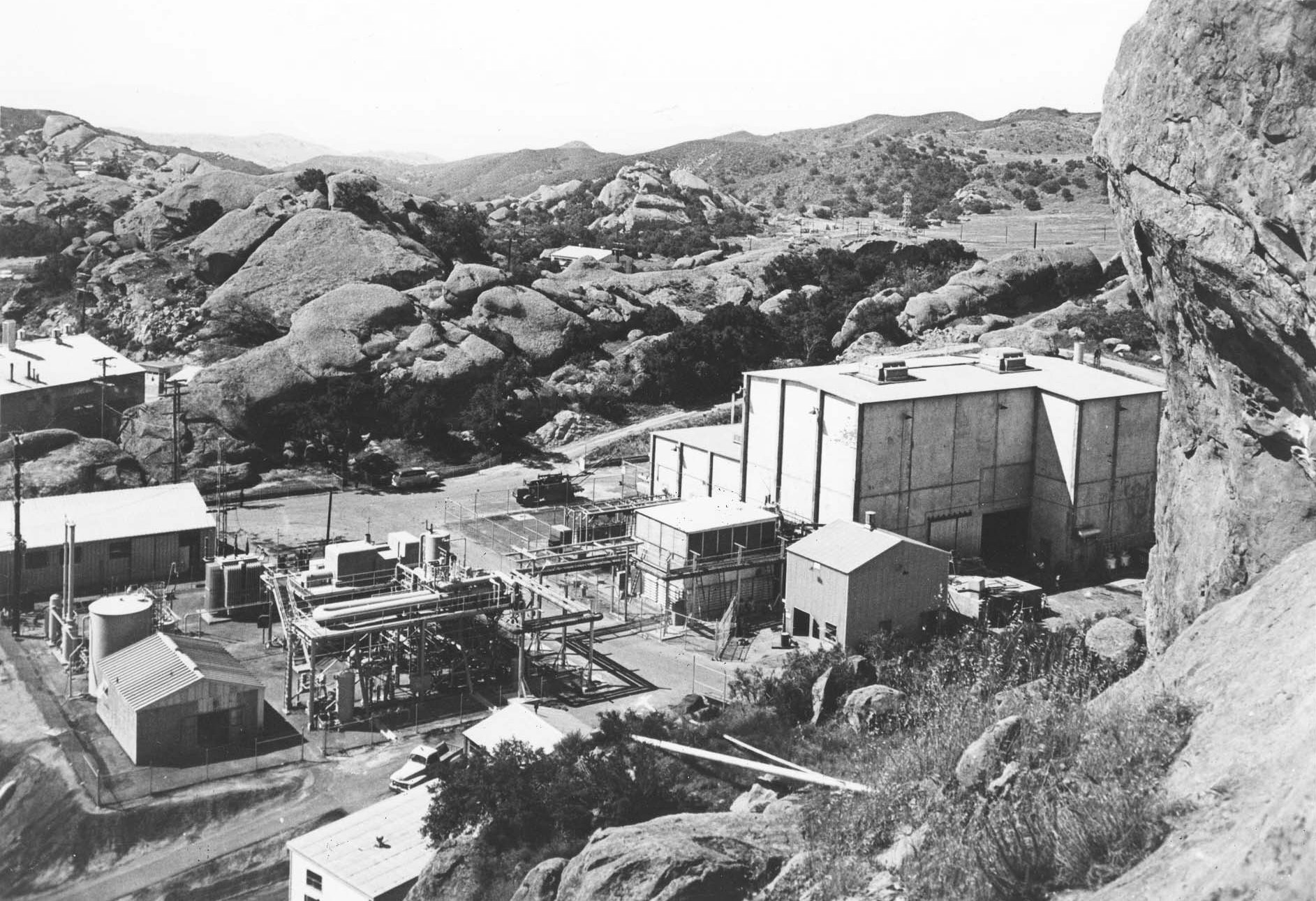Nuclear energy accidents, although rare, have led to fatalities in operators, first responders, and civilians.
The criticality excursion, steam explosion, and fire at Chernobyl Unit 4 in 1986 remain the events which account for half of all deaths associated with nuclear power. The Chernobyl incident accounts for all known non-employee deaths nuclear energy has experienced in its history. The civilian mortality from Chernobyl contamination is 15 thus far, in each case from thyroid cancer. Operator and first-responder mortality from the event is 35. All other known fatalities from nuclear plant operations have occurred among nuclear plant employees and contractors, and total to 50.
At Chernobyl, three operators died in the steam explosion. Twenty-seven emergency workers died shortly, within four months, of Acute Radiation Syndrome (ARS) and complications; another died of cancer in 2004. Four men were killed when their helicopter engaged in clean-up work crashed several months after the meltdown. Fifteen civilian thyroid cancer deaths have been confirmed in the following twenty-five years. The World Health Organization (WHO) predicts about 16,000 thyroid cancer cases by 2065 -- with a 1% fatality rate, this would be an additional 145 thyroid cancer deaths, on top of the fifteen which have already been confirmed. Should these additional deaths occur, they will be added to the total mortality from nuclear energy. The United Nations has modeled 4,000 excess cancer cases which may occur within the liquidator population and eventually lead to death, yet these estimated excess cancers have not been observed. Should these deaths occur, as judged by a medical or scientific body, this report will be updated.
Most countries have not had an operational fatality in their nuclear power facilities. Additionally, meltdowns do not typically lead to fatalities. Instead, steam leaks were the cause of many non-Chernobyl deaths in nuclear accidents. In one case, during renovation of a steam generator, the generator dropped from a crane and killed a worker below.
A list of fatal nuclear plant accidents follows. As nuclear plants continue to operate around the world, this article will be updated if required.
On February 22, 1993, a nuclear power plant in Fukushima Prefecture, Japan had a high pressure steam accident kill a worker and injure two others.
On March 11, 2011, the Tohoku earthquake and ensuing tsunami caused the drowning deaths two workers in the basement of Fukushima Daiichi checking for post-earthquake damage.
On June 27, 1985, the Balakovo power plant in Russia had a steam accident that killed fourteen workers.
On February 6, 1974, Leningrad 1 nuclear power plant in Russia suffered a coolant leak that led to the deaths of three people.
On January 5, 1976, two workers at the Jaslovské Bohunice power plant in Czechoslovakia died from CO2 asphyxiation during fuel replacement.
On September 18, 1976, two workers at Donald C. Cook Nuclear Plant in Michigan. died of asphyxiation from argon gas used to support welding on stainless steel piping.
On July 27, 1972, two workers were fatally scalded at Surry Nuclear Plant in Virginia.
On June 2, 1978, two workers perished in a fall at Byron Nuclear Plant in Illinois.
On April 19, 1985, an employee fell to his death at River Bend Nuclear Plant in Louisiana.
On January 13, 1986, two divers were drawn into the intake pipe of the cooling system at Crystal River Nuclear Plant in Florida, and killed.
On December 9, 1986, a steam explosion in Unit 2 of Surry Nuclear Plant in Virginia killed four workers.
On August 9, 2004, a steam pipe break at reactor 3 of Mihama Nuclear Plant in Japan killed five workers.
On July 16, 1971, at Quad Cities nuclear plant in Illinois, a worker was electrocuted by a live cable -- he later died from his injuries.
On July 27, 1988, at Comanche Peak nuclear plant in Texas, a worker was electrocuted while performing maintenance in a battery charger room.
On October 15, 1990, a worker fell to his death at Crystal River Nuclear Plant in Florida.
On March 31, 2013, a generator in the non-nuclear area of Arkansas Nuclear One fell and killed one worker.
On September 13, 1988, a worker was electrocuted at Wolf Creek Nuclear Plant in Burlington, Kansas.
On October 14, 1987, a worker was electrocuted at Wolf Creek Nuclear Plant in Burlington, Kansas.
On September 30, 1999, two facility technicians at Tokaimura Nuclear Plant were exposed to fatal levels of radiation after a criticality accident.
On September 18, 2008, a man was electrocuted while conducting maintenance at Monticello Nuclear Plant in Minnesota.
On November 14, 2019, a diver perished conducting maintenance at La Salle Generating Station in Marseilles.

